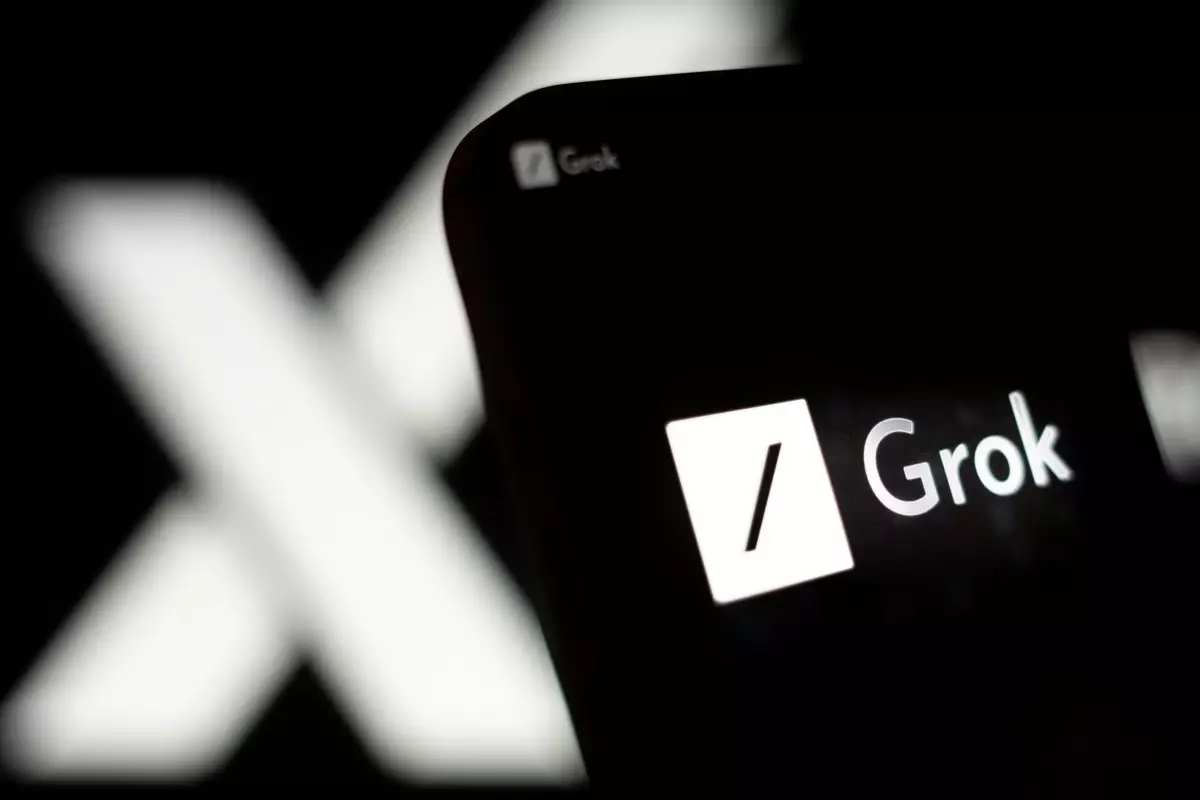Elon Musk’s venture into the artificial intelligence realm with xAI showcases a blend of innovation and controversy. Despite the ongoing legal tussles with industry giant OpenAI, the company is adamant about progressing with its technological advancements. The launch of the upgraded Grok 2 chatbot model demonstrates xAI’s commitment to pushing the boundaries of AI capabilities, even as it operates under the shadow of a lawsuit.
Launch of Grok 2: A Step Forward in AI
On a seemingly ordinary Friday night, xAI announced an important update to its flagship product. The Grok 2 chatbot, now available to users on the social platform X—formerly known as Twitter—claims to deliver performance improvements that are impressive on many fronts. The assertion that Grok 2 is “three times faster” may promise a more efficient user experience, but the actual discernibility of this speed increase in everyday usage remains subjective. The upgraded model also boasts enhanced accuracy, the ability to follow instructions better, and improved multilingual capabilities, which could significantly widen its user base.
While xAI touts its advancements, it simultaneously imposes usage limitations, particularly for free users, who are restricted to a mere ten queries every two hours. This decision raises questions about equitable access to AI technology, especially considering that subscribers of X’s premium services will enjoy more generous usage quotas. Such a tiered approach may foster a disparity among users, potentially alienating those who cannot afford premium plans. In a world that increasingly relies on technology, it is crucial to consider how these limitations affect user engagement and the broader implications for technological democratization.
In addition to the Grok 2 launch, xAI introduced a new “Grok button” designed for X users. This feature aims to facilitate deeper engagement with content by helping users grasp relevant context and participate in ongoing discussions. The integration of such tools within a popular social network indicates xAI’s strategic efforts to enhance user interactions and capture market attention.
Furthermore, xAI made notable adjustments to its enterprise API, introducing new Grok models that promise better efficiency and multilingual functionality. The reduction in API pricing marks a significant pivot toward making its technology more accessible for developers and businesses. Lowering costs from $5 to $2 per million input tokens, for instance, is a substantial reduction, which could catalyze wider adoption and experimentation among users.
Looking ahead, xAI plans to expand its offerings with the upcoming release of its image generation model, Aurora, on the API. This move symbolizes a considerable leap, as it enhances the overall portfolio of xAI. The promise of an unfiltered AI model invites curiosity, but it also raises ethical considerations about the implications of creating unrestricted content.
In sum, while xAI forges ahead with product launches and upgrades in a competitive landscape, it must navigate potential reputational hurdles stemming from its legal disputes with OpenAI. The company’s future will depend heavily on its ability to balance innovation with ethical considerations and equitable access to its technology. As the landscape of AI continues to evolve rapidly, xAI’s actions will be closely watched—indicative of both its resilience and its responsibility in influencing the trajectory of artificial intelligence.

